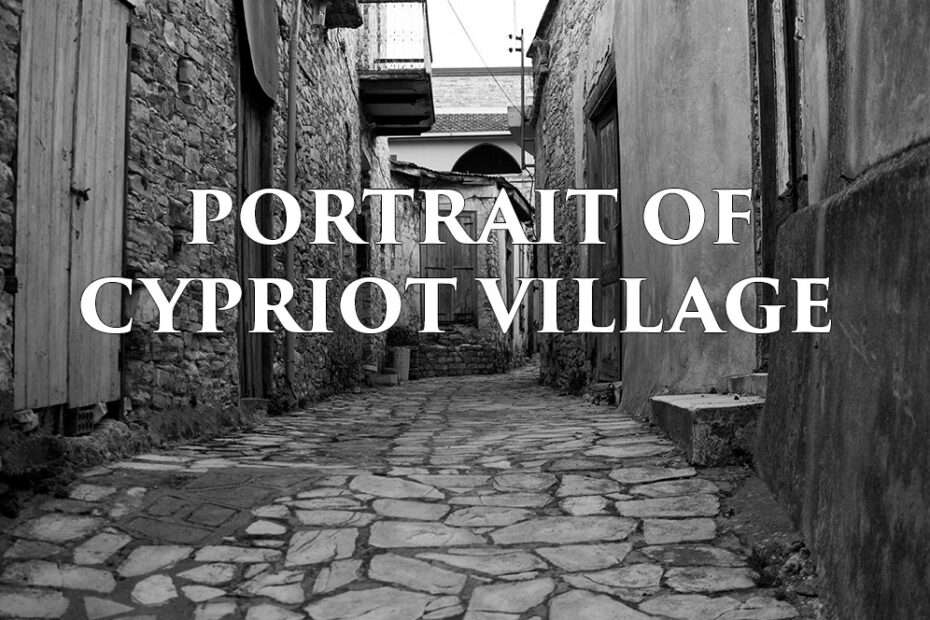History
Kalopanayiotis is located in the evergreen valley of Setrachos river on the northern slopes of the Troodos range. It is one of the fourteen villages of the Marathasa area, the most mountainous area of Cyprus. The village is 70 km away from Nicosia and Limassol and is the first village to come across as one enters the Marathasa valley driving up from Nicosia.
Coming from Nicosia follow the road to Kykko Mon turning left at Astromeritis and right just before Evrichou heading towards Kalopanayiotis – Kykko. Driving up from Limassol the easiest route is to drive towards Moniatis – Saitas turn right just before Moniatis through the village of Kato Amiantos, past Kakopetria and Evrichou and left at the junction 3 km past Evrichou torward Kalopanayiotis – Kykkos.
History and Tradition
The area in which lies the village of Kalopanagiotis been known since ancient times but the village did not exist before the eleventh century. According to Mr. Myriantheas (“Studies”, 1991), during the pre-Christian period due to sulphide mineral springs, was hydrotherapy, dedicated to the god Asklepios (Asklepieion), which operated under the protection of the kings of Solon, where later They built the monastery of Ag. Irakleidios and Ag. Ioannis Illuminator. The buildings of spas that seems only used to house the “patient” and the spa was a stone basin that was carved in the position flowing from the thermal waters, the bed of the small “river” Setrachou. Spas can see a visitor today, a few meters away from the monastery, near the Venetian bridge.
History & TraditionTon 4th century AD after the Edict of Milan on religious tolerance (which put an end to the persecution of Christians) and the start of the movement of monasticism, pagan Asklipieio converted to Christian hydrotherapy as a monastery erected just beside the church of St. Irakleidios. It was the first monastery founded on this site in the 4th century AD Saint Herakleidios baptized Christian Apostles Paul and Barnabas Setrachou the waters of the river near the present monastery, while they were en route to Paphos which at the time was the capital of Cyprus.
History & Tradition after death of St. John the Illuminator, built by his parents in a small church, next to the church of St. Irakleidios where Saint John became a hermit for three years. Saint according to a report in “Lampadistou Code”, lived during the period of Emperor Nikiforos Fokas, 963-969 AD
The fame of St. John, who died young (age 22 years) and was worshiped for the wonders he has accomplished expelling demons (time Leontiou knife) and healing daimonizomenous, spread and clouded his reputation Ag. Irakleidios so that the monastery was by then known as the Monastery of St. John the Illuminator.
The Establishment of village Kalopanagiotis History & Tradition
In the eleventh century (shortly after the foundation of the monastery of St. John the Illuminator) appears the first resident to Panagiotis name that builds his house very close to the monastery of St. John. He was very good Christian and wanted to serve St. Panagiotis followed by other settlers created their own families and they built their own small churches. It was the ambition of every large family has its own chapel and at least one member to become a priest. Someone Sergius built the chapel of the martyrs Saints Sergius and Bacchus, Athanasios church of Saints Andronikos and Athanasia, George chapel of Ag. Georgios Kyriakos the chapel of Saint Kyriakos, creating nuclei for the 5 parishes of the village one sixth parish of “gel” that was originally monastic settlement with a church that of Archangel Michael. The churches are still preserved and some are under the protection of the Antiquities Department.
History & Tradition
The village was originally known as “Village of Panagiotis” which for the Franks was known as Casale Panayiotis, Kazalopanagiotis and where corruption Kalapanagiotis. Later during the English domination started when the official map of the island, the name Kalopanayiotis used. The village, built by the first settlers (Panagiotis, Sergius, Athanasius, George and Lord), was a small development of 5 or more independent family parishes constantly growing. The integration, however, the village in a continuous and integral whole continued after the destruction of Troullinou (1614 AD) and the dispersion of the inhabitants of the surrounding areas.

